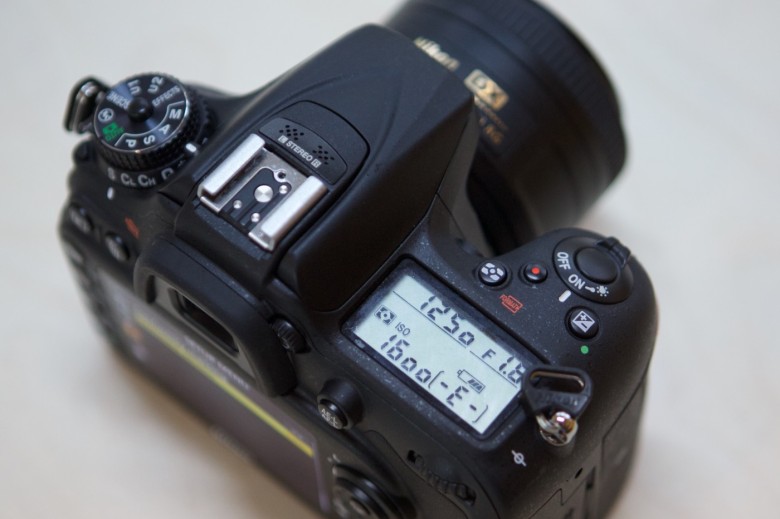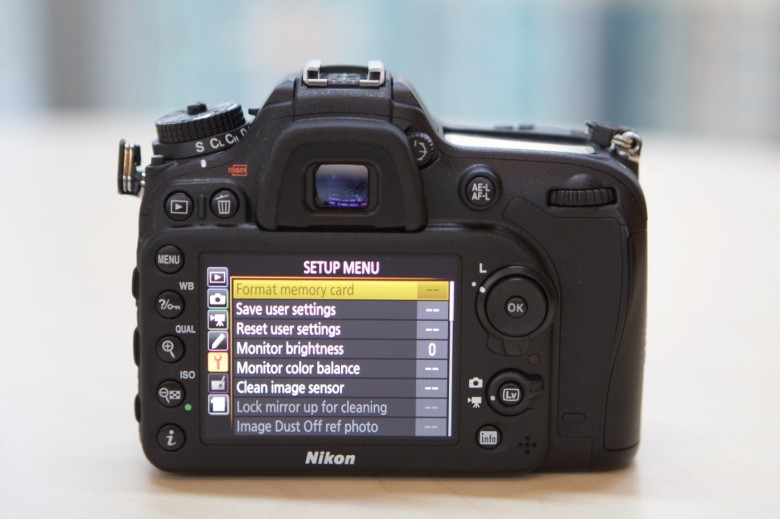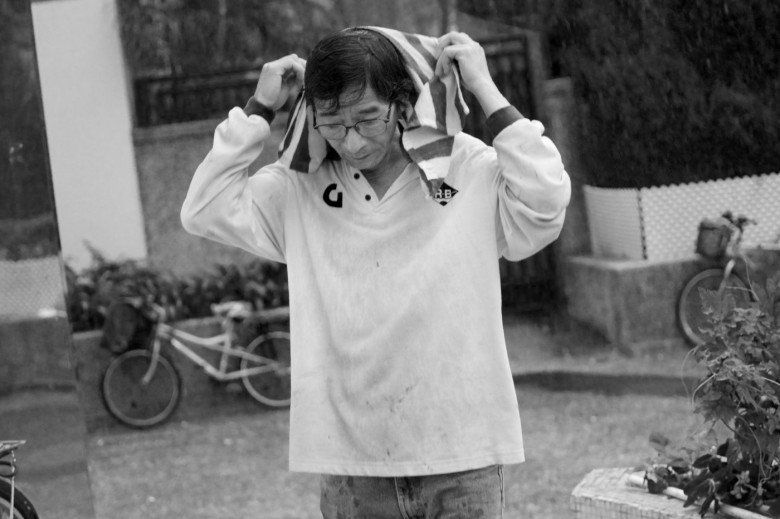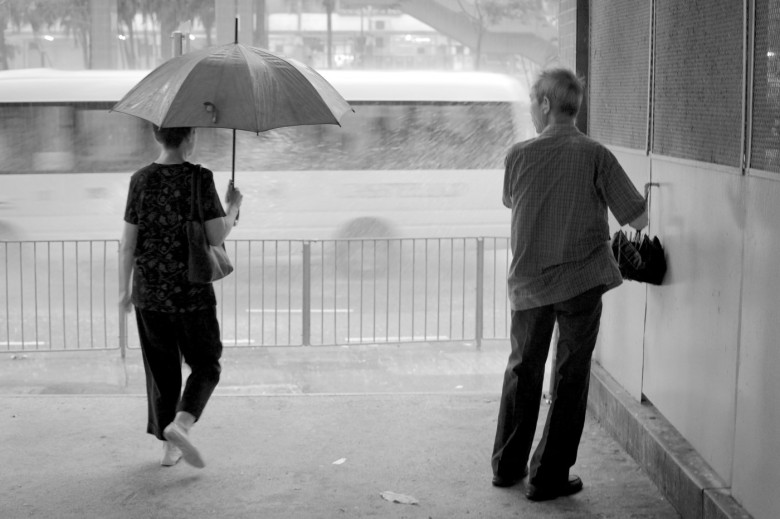Me and the D7k range go back a long way. The D7000 was the 2nd Pinkon I did – the first being the D90 – and its forefather, the D70, was the first DSLR I bought. And then it broke.
There was nothing broke about the D7100, which is why they haven’t really tried to fix it with the new D7200, because not really much has evolved since the release of the D7000 in 2010.
| D7100 | D7200 | |
|---|---|---|
| Body Construction | Magnesium Alloy top and rear | Magnesium Alloy top and rear |
| Weather Sealing | ||
| Viewfinder | 100%, 0.94x magnification | 100%, 0.94x magnification |
| Dual Memory Card Slots | ||
| Sensor Resolution | 24.1MP | 24.2MP |
| Anti-Aliasing Filter |
X
|
X
|
| Image Processor | Expeed 3 | **Expeed 4 |
| AF System | Multi-Cam 3500 DX, 51-point (15-cross type) | Multi-Cam 3500, DX II 51-point (15-cross type) |
| Max Shutter Speed | 1/8000s | 1/8000s |
| Continuous Burst | 6fps,7fps in 1.3x crop mode | 6fps,7fps in 1.3x crop mode |
| ISO Range | 100-6400 (expanded to 12,800-25,600) | 100-25,600 (51,200-102,400 in B&W) |
| Video Resolution | 1920×1080 – up to 60i | 1920×1080 – up to 60p |
| Flat Picture Control |
X
|
|
| Battery Life | 950-shots | 1110-shots |

The body feels just like the D7100 – sufficiently rugged and solid-feeling while not being a complete brick when it comes to the weight. At 675g, it’s quite reasonable to lug it around for a day, depending on what glass you have mounted on it. Using a lightweight 35mm f/1.8 DX lens with it won’t weigh you down, and the improved battery life, despite using the same EN-EL15 battery, will mean you can shoot for just that little bit longer. Or you can use the newly-added wi-fi/NFC wireless functionality to sap that extra bit of battery life.

Other than that, the body features have remained the same. Same 1.2-million dot 3.2″ LCD screen; dual SD card slots; built-in flash; shutter rated to 150,000 cycles.
The emphasis is on refinement, and I’m not talking about the increase in megapixel count from 24.1MP to 24.2MP. Of course there’s the standard upgrade to a newer processer, but there are welcome improvements such as the increase in buffer size. With the D7100 you could only get a measly 6-RAW (14-bit lossless) or 9-RAW (12-bit compressed) before the camera decides that its too tired and needs a rest; with the D7200 you can muster 18 and 35 shots, respectively.

Autofocusing was never a problem with the D7100, and the speed and accuracy doesn’t feel significantly different with the D7200. The only advantage now is that it has the Group Area AF Mode, which gives you 5-AF points to play with. This features from the D4s is pretty good for tracking subjects – it uses all 5-points to acquire focus on the sujbect and gives priority to the closest subject. It’s a breeze to use and works wonders.
All AF-points are now sensitive down to -3EV, compared to -2EV with the D7100. It makes focusing just that little bit easier in low light – I went out in a heavy rainstorm to take some photos and had no problems with acquiring focus. I did have problems with soggy pants though.

If you want the best crop (DX) Nikon DSLR for shooting sports, wildlife and fast-moving stuff, then this is your best bet. But that’s because you only have the choice of this or the lower-specced D5500 and D3300. It doesn’t feel as snappy as the EOS 7D Mark II but let’s not bring the C-word into this review.

A burst rate of 6fps, or 7fps in 1.3x crop mode, is not so impressive these days – that’s perhaps the biggest action-shooting party-pooper. It’s not just the fact that it feels a bit pedestrian but I’d say the most annoying thing is that if you want a Nikon DSLR with a properly fast burst rate, you’ll have to get the D4s.

At least image quality is superb. The fantastically sharp Nikkor 35mm f/1.8 DX works together with the D7200 to make sweet, sweet music together. Not literally. Knowing that it doesn’t have an Anti-Aliasing filter pyschologically makes you believe it produces sharper results, and, well, it does, but not in a dramatic way. All you need to know is that the images are great for DX.
Noise performance is reasonable too. ISO 6400 shows where things start to get a bit sketchy, with some increase in noise in the mid-tones, getting noticeably worse with some discolouration at ISO 12,800. ISO 25,600 looks pretty awful.
A slight surprise is that Nikon has actually tried to make this a better camera for taking video. Like the D5500, they have put a flat picture profile option on the D7200, which will benefit video shooters when it comes to colour grading. There’s a zebra highlighting for controlling overexposure and the time lapse capability has been upped from 999-shots to 9,999-shots also. There’s a mic-input for better sound recording and, you know, the video quality is quite satisfactory too. It’s not the best camera out there for video but at least it’s not a complete joke when compared to a Canon. Damn, I said the C-word.

That pretty much sums up all that has been improved with the D7200. It neatly adds to the evolution of the D7k line of cameras, although it’s just another number, really. It’s not an exciting update; it’s not a game changer; it’s a bit boring; it’s not a DSLR that will even make you want to update from a D7000 probably, let alone a D7100. It’s not the best crop-sensor DSLR around for shooting fast-moving subjects but it is a package that offers quite a decent amount for the money that you pay.

